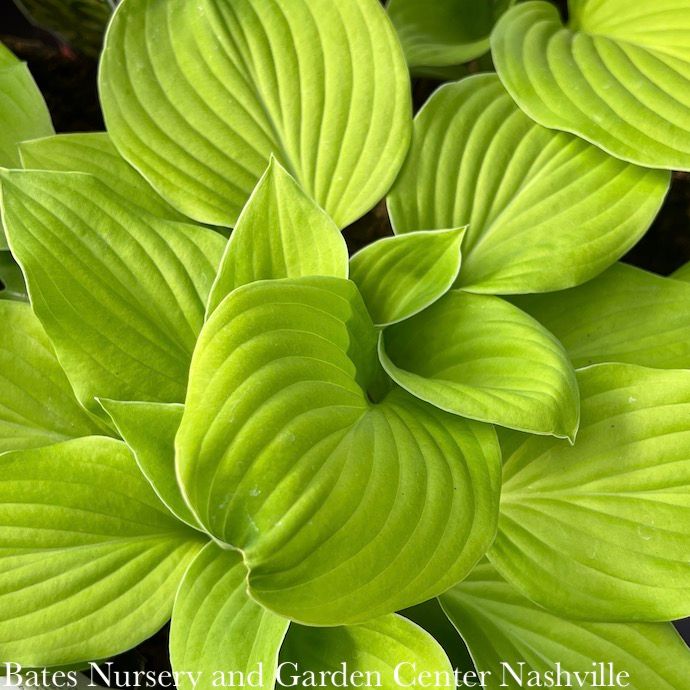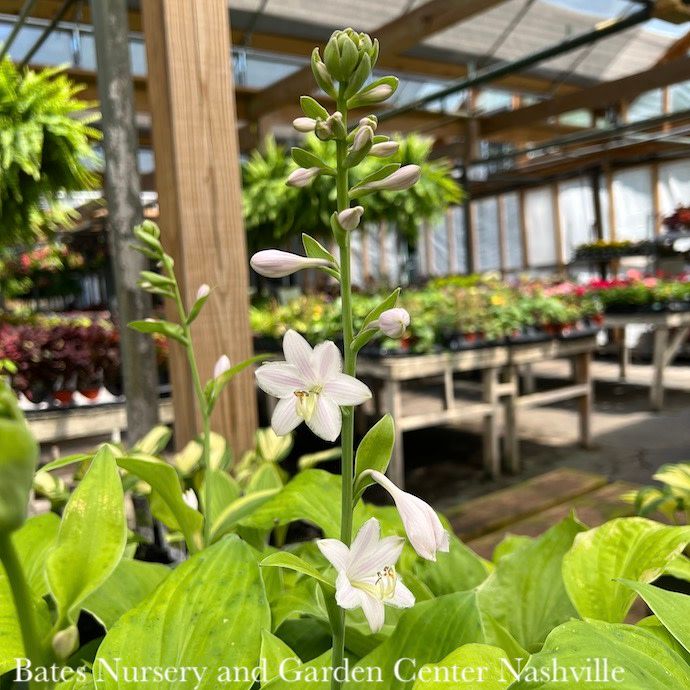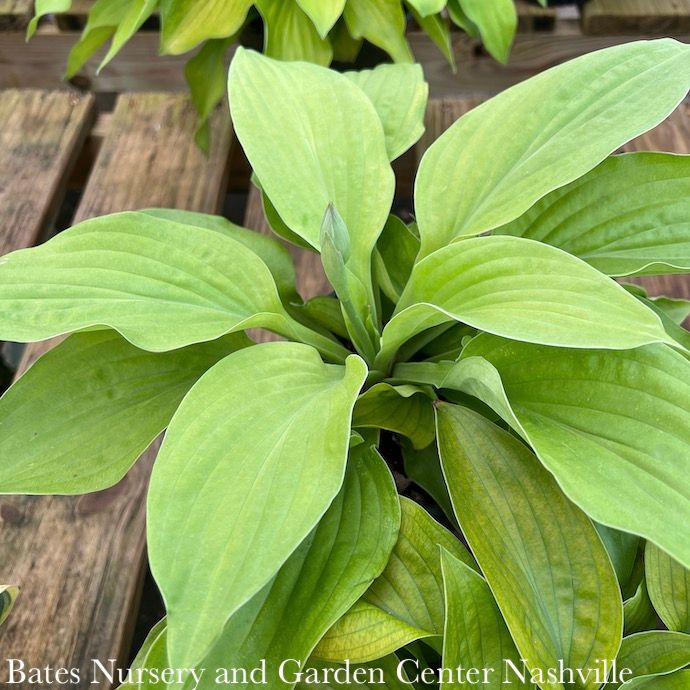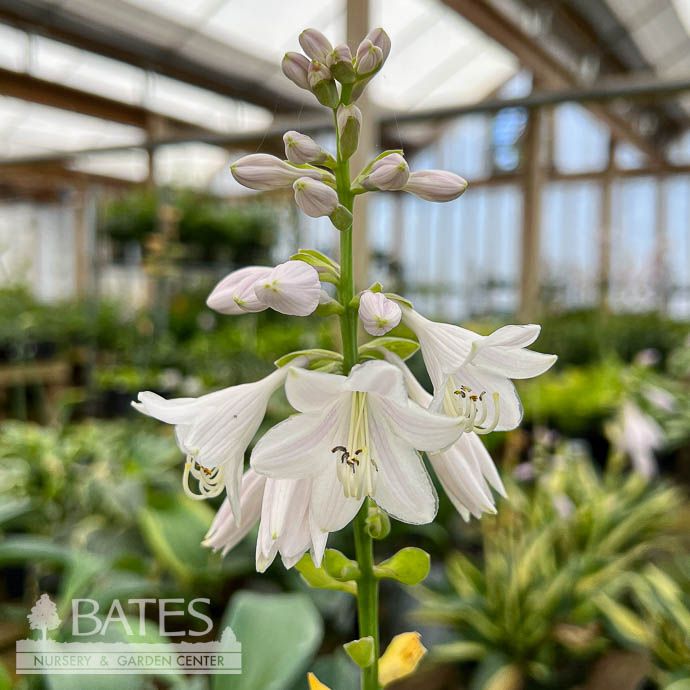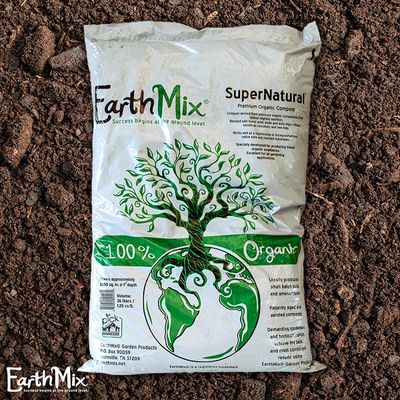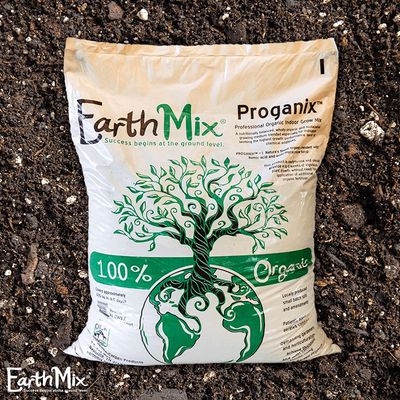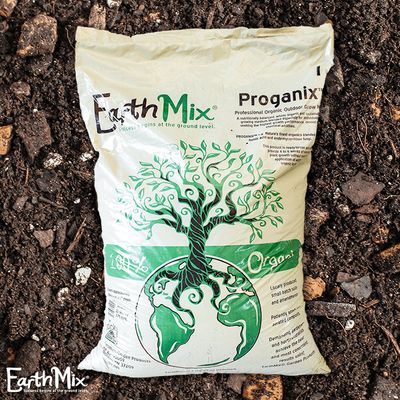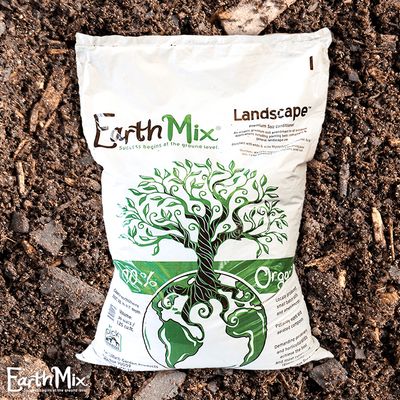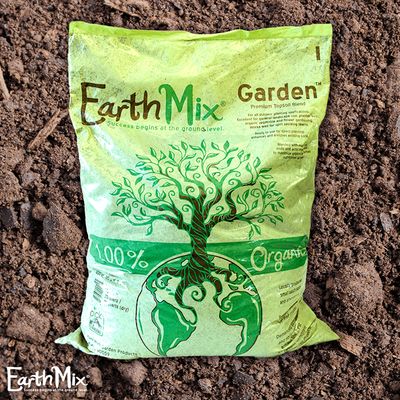#1 Hosta August Moon / Yellow
#1 Hosta August Moon / Yellow
'August Moon' emerges chartreuse and turns yellow with sun exposure. Broad, heavily textured, slightly cupped leaves are accompanied in early summer by clusters of pale lavender flowers. Pair with deeper green or blue hostas to add a pop of brightness.
Scientific Name: Hosta 'August Moon'
Common Name: August Moon Hosta
Garden Size: 24 inches tall by 42 inches wide; scape height 24 inches
Growth Rate: Moderate to Fast
USDA Zone: 3-9
Exposure: Partial to full shade
Water & Soil: Moist, well-drained soil
Habit (Form): Mounding
Foliage: Heart-shaped, cupped, heavily puckered leaves that are yellow-green in spring and mature to gold, varying with sun exposure. Robust leaves are relatively slug resistant.
Flowers: Pale lavender, bell-shaped flowers that grow on scapes above the foliage. Blooms early summer.
Plant Origin: East Asia, primarily Japan and Korea. Most commercially available hostas are hybrids.
Wildlife Support: Hummingbirds and some bees enjoy the flowers. A favorite treat for our local deer.
Fertilizing: Apply compost in early spring before new growth emerges.
Pruning: Remove spent flower stalks to encourage new growth; trim back damaged or yellowing leaves as needed. Leave the leaves over the winter and wait until early spring to clean up.
ASPCA Toxicity flags (see their site for details): Toxic to dogs, cats, and horses
Uses: Ideal for shade gardens, woodland borders, and container plantings.
AHS Classification: III-3 (Medium Leaved, Yellow)
Parentage: H. sieboldiana hybrid; exact origin unknown
Notes: Originator of many other hosta sports.
